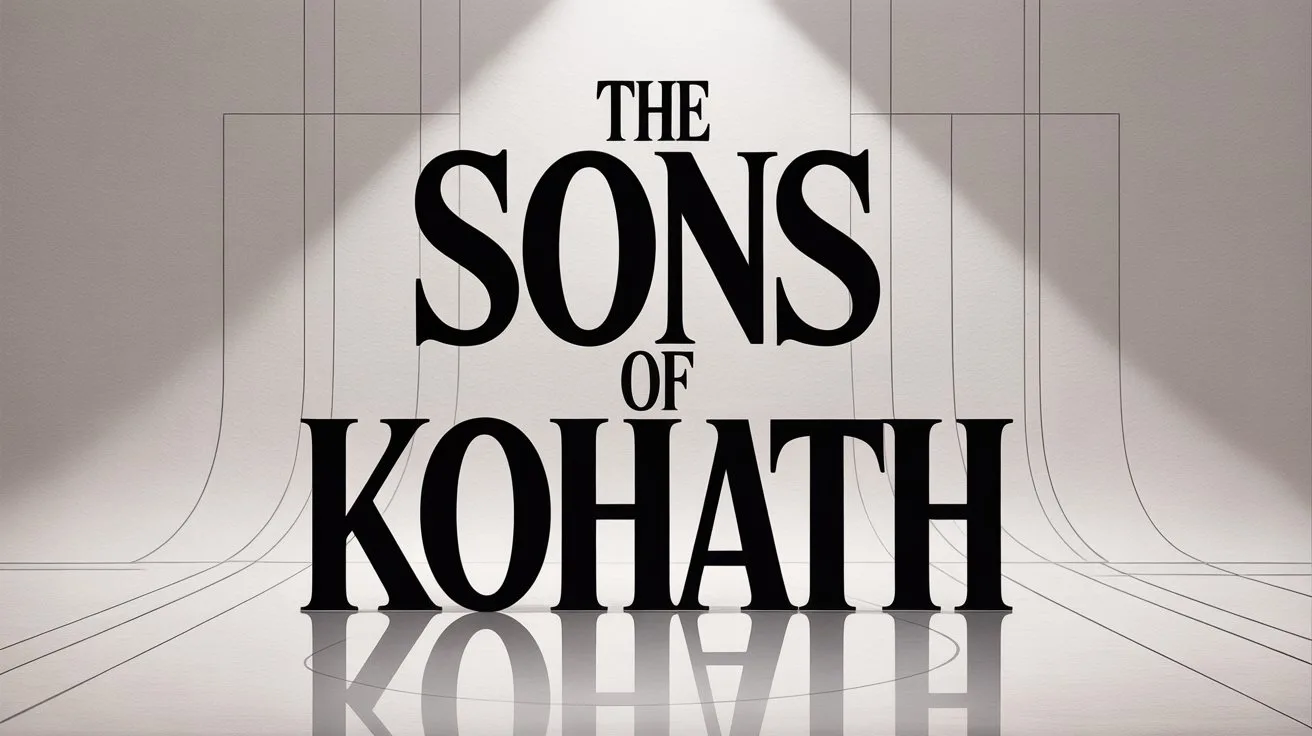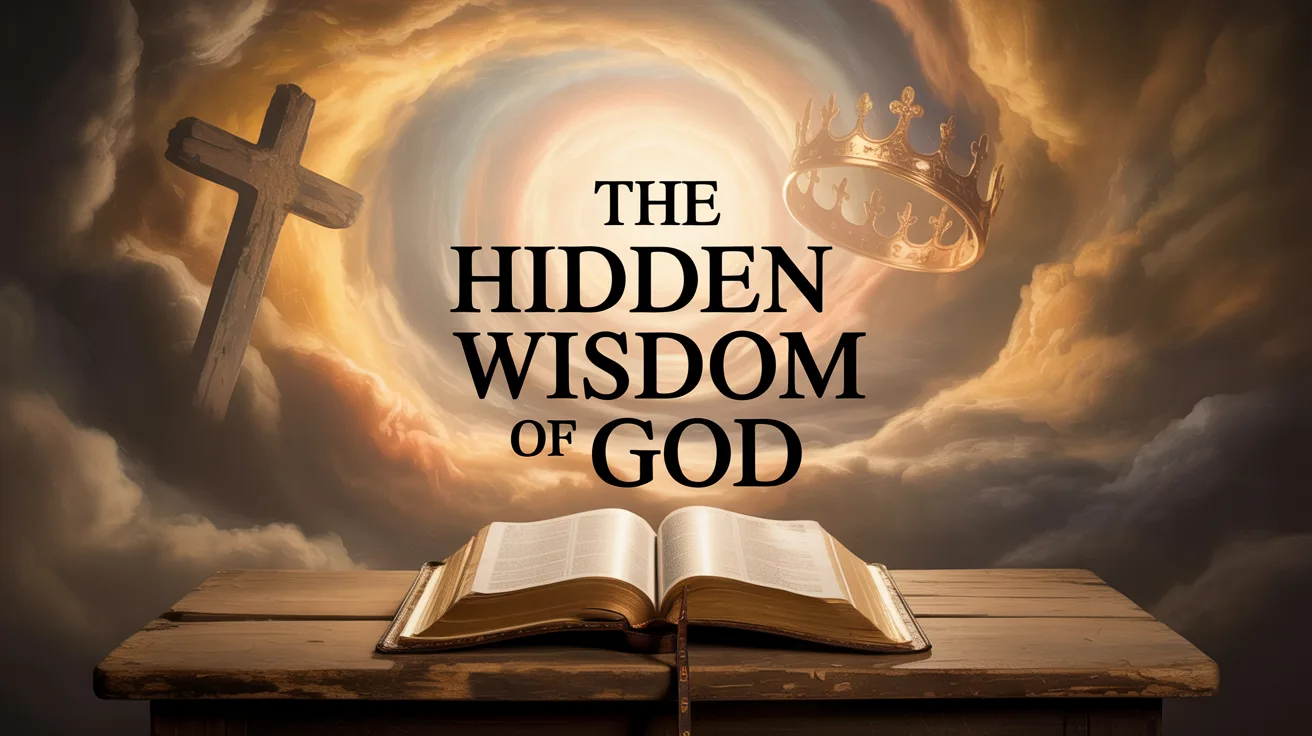The account of Jesus cursing the fig tree is found in Matthew 21:18–22 and Mark 11:12–14, 20–26. It serves as a symbolic act revealing the danger of fruitlessness and hypocrisy, particularly in relation to Israel.
As Jesus returned to Jerusalem during the week of His crucifixion, He became hungry and saw a fig tree by the road. Approaching it, He found nothing but leaves, though it appeared outwardly fruitful. He said to it, “Let no fruit grow on you ever again” (Matthew 21:19), and immediately the tree withered. In Mark’s account, the tree is found withered the next day (Mark 11:20–21).
This event is not about the seasonality of figs but about the symbolic representation. In Scripture, the fig tree often symbolizes Israel (Jeremiah 24:1–10; Hosea 9:10). This particular tree had leaves but no fruit, representing outward religious appearance without the substance of righteousness or true faith.
Jesus used this moment to teach the disciples about faith and prayer. “If you have faith and do not doubt… whatever things you ask in prayer, believing, you will receive” (Matthew 21:21–22). It connected the visual parable of the fig tree to the power of believing prayer.
The cursing of the fig tree was a prophetic sign of judgment upon unfruitful religion. Just as the tree was barren despite its appearance, so were the religious leaders of Israel, who were outwardly devout, yet lacking repentance and true obedience.
It stands as a warning to all believers to bear spiritual fruit in keeping with repentance (Matthew 3:8), and as a call to examine the sincerity of one’s walk with God.







